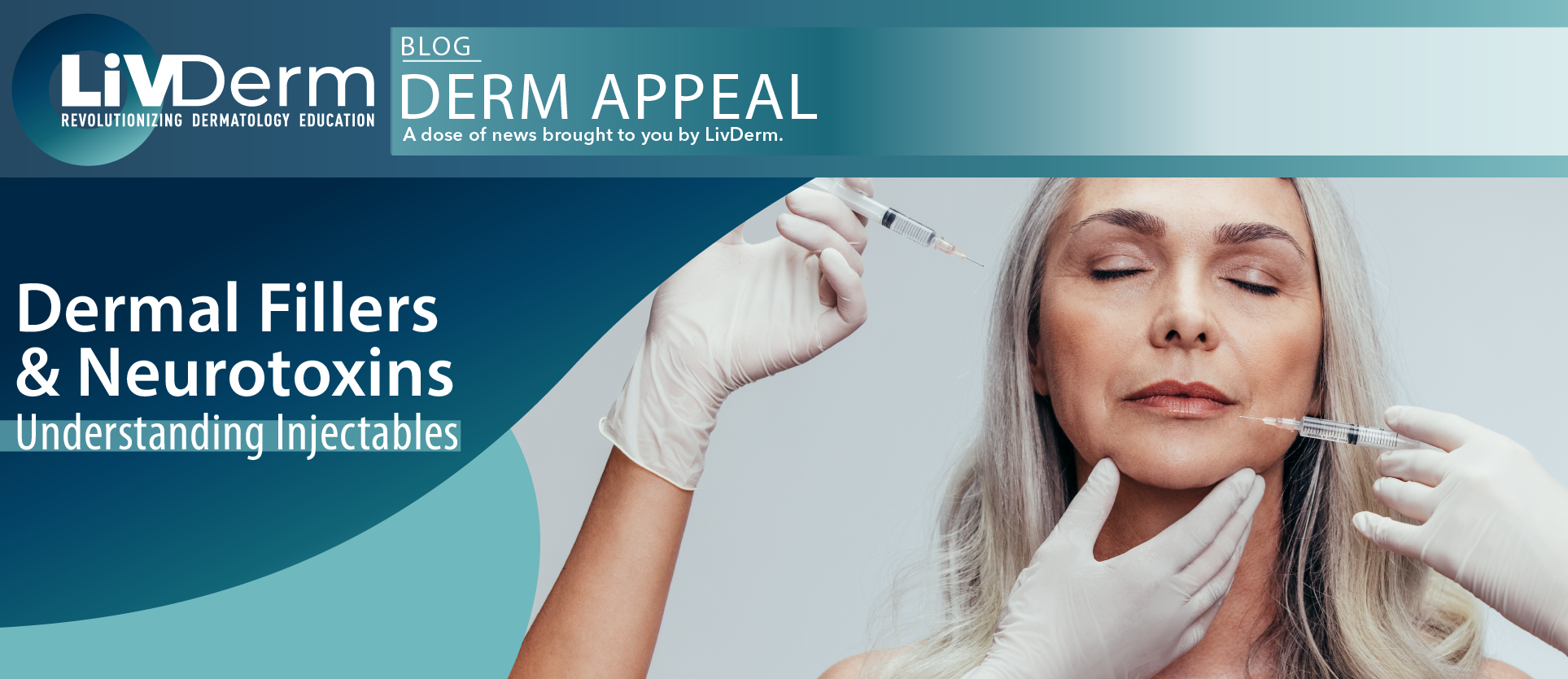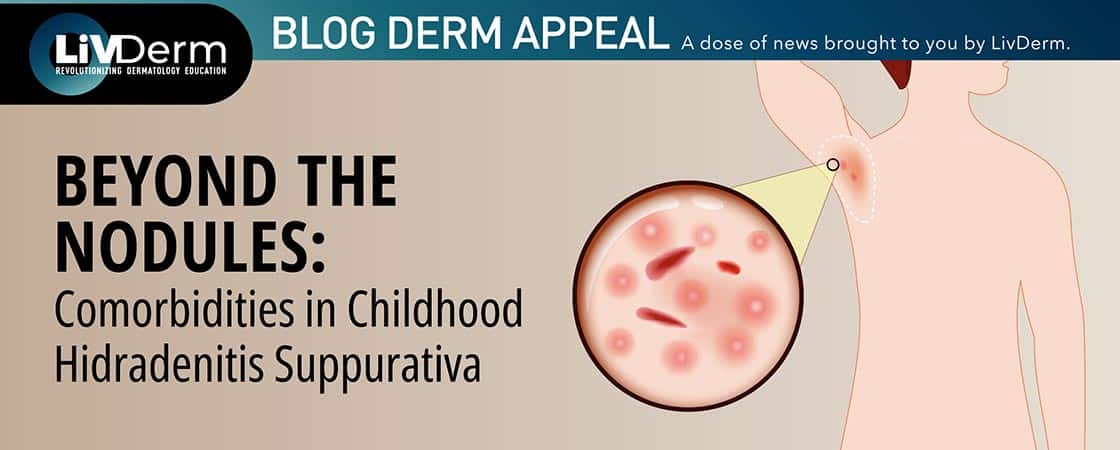Minimally invasive procedures such as cosmetic injectables are some of the most popular nonsurgical approaches to reversing the signs of aging. The two most common types of injectable anti-aging products are dermal fillers and neurotoxins. Providers should consider their patients’ skin goals and concerns when deciding which injectable to use. An expert knowledge of vascular anatomy, meticulous attention to hygiene, and a keen artistic eye are all necessary to successfully administer cosmetic injectables.
The similarities
Both fillers and neurotoxins are subdermal injections that have virtually no down time and provide quick results. These two options are minimally invasive and produce natural results, versus plastic surgery which yields more dramatic results but involves a higher risk of complications. Unlike plastic surgery, cosmetic injectables are temporary corrective measures and require follow-up treatments to maintain results.
Fillers plump the skin
First approved by the U.S. Food and Drug Administration (FDA) in 2004, dermal fillers add volume to skin, replacing the fullness that is lost over time as the skin ages. They are used most successfully to treat lines that are present even when the face is relaxed (static wrinkles) rather than lines that appear from facial movement (dynamic wrinkles). Fillers can not only restore volume to skin that was once supple, they can also be used to build features that were never there. A skilled cosmetic dermatologist can create fuller lips, more defined cheekbones, a chiseled jaw and even add length to the chin.
Most fillers contain hyaluronic acid – a naturally occurring substance in the human body – but other approved fillers contain calcium hydroxyapatite, poly-L-lactic acid, and polymethylmethacrylate. Providers should assess the depth of the facial lines and the desired volume when deciding which filler to use.
Branded as Juvederm, Restylane, Belotero, Radiesse, Bellafill and Sculptra, most fillers are premixed with the numbing agent lidocaine to keep patients comfortable during the injection. Depending on which area of the face is being treated and how much volume is desired, some brands have different percentages of the active ingredient for specific results. Although not permanent, results usually last about six months.
Neurotoxins relax the skin
Injectable neurotoxins can address lines resulting from repetitive motions, such as smiling, frowning, or squinting. These wrinkles are more pronounced with facial movement (dynamic wrinkles) and many patients find them hardest to reverse, including crow’s feet around the eyes, horizontal lines on the forehead, and parallel lines on the bridge of the nose between the eyebrows. The first neurotoxin approved for cosmetic use was Botox, which gained FDA approval in 2002 and remains the most popular cosmetic treatment in the world.
The neurotoxin in Botox is actually a bacteria (botulinum toxin type A or B) that paralyzes the facial muscles responsible for those wrinkle-causing motions. Also known as neuromodulators, this kind of injectable is sold under the brand names Dysport, Xeomin and Jeaveau, in addition to the iconic Botox name. They, like fillers, are temporary and the makers recommend maintenance treatments every three to four months for best results.
The risks
Both injectable fillers and neurotoxins pose risks such as redness, swelling, bruising, itching and infection at the injection site. Most adverse effects are due to provider mishandling or misuse, which is why knowledge of vascular anatomy and proper hygiene are crucial when administering injectables. No injectable cosmetic products are approved for pregnant or breastfeeding women, or for anyone younger than 18 years old.
The procedure
Both fillers and neurotoxins are considered safe and minimally invasive, so the treatment may be done in the provider’s office on the same day as the initial consultation. After deciding which treatment will best achieve the patient’s desired results, a provider will clean and numb the skin (if the selected product does not already contain lidocaine) select the correct needle and product, and inject a precise amount into the treatment area. Patients can usually resume normal activities immediately, although exercise, smoking tobacco and drinking alcohol are not recommended for 24 hours after treatment.
Key takeaways
Dermal fillers are best for static wrinkles (lines that are visible even when the face is relaxed), while neurotoxins are more effective for treating dynamic wrinkles (lines that become more pronounced with facial movement). Although there is a small risk of complications, generally both forms of cosmetic injectables are safe when performed properly. Providers should manage patient expectations of results, maintenance, risks ,and benefits before administering either dermal fillers or neurotoxins.

















